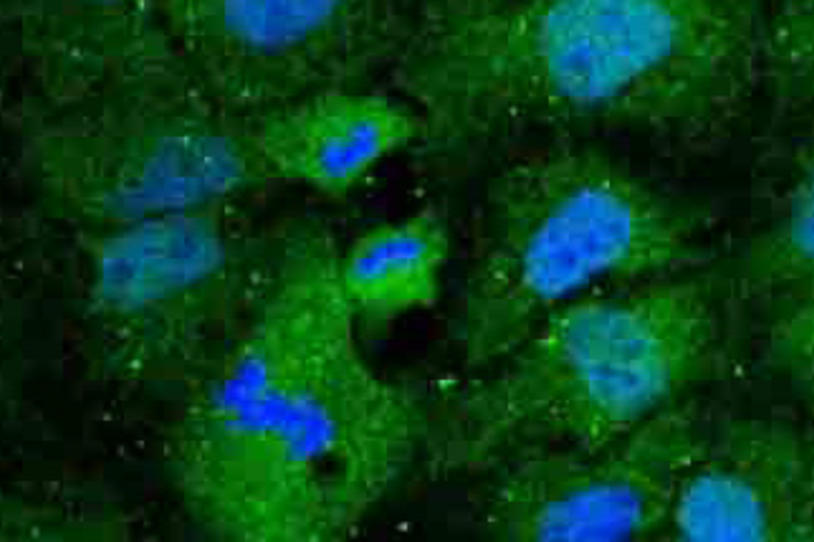
A research team from Thomas Jefferson University recently announced promising results from a clinical trial which showed that their experimental drug improved Parkinson’s disease (PD) symptoms, while also potentially slowing the progression of the disease itself. It’s important to note: These results are still very much in the early stages of clinical research.
The team, led by Professor Jay Schneider, PhD, directly injected a naturally occurring substance called GM1 ganglioside into the brain. Researchers think that GM1 may be reduced in Parkinson’s-affected brains, and Schneider’s hypothesis is that increasing levels of GM1 might protect dopamine-producing cells that die in Parkinson’s disease, thereby resulting in motor improvement.
The study, published this week in the Journal of the Neurological Sciences, followed 77 subjects who took GM1, and 17 controls who received currently prescribed treatment, over the course of 120 weeks. Researchers used the gold standard of PD assessment, the Unified Parkinson's Disease Rating Scale (UPDRS), to measure symptomatic improvement. The 17 subjects taking a current standard of care treatment for PD were included in the study as a way to begin to understand if GM1 could have disease-modifying affects as well.
“These results are certainly intriguing,” says Michael J. Fox Foundation Vice President of Research Programs Brian Fiske, PhD. “This study lends further support to GM1 ganglioside as a potential target for new drugs to treat PD.”
In fact, two ongoing studies are being supported by MJFF to learn more about the best mechanism for enhancing levels of GM1 in the brain, toward protecting dopamine-producing neurons in the brain from dying. One effort from LZ Therapeutics is working to better understand the efficacy of a newly identified source of GM1 to see if it might provide improved therapeutic benefit than previously identified sources of GM1. Another study, led by Dr. Schneider, is aiming to find out if administering certain enzymes called sialidases, which convert certain molecules in the brain into GM1, is better than administering GM1 itself directly into the brain.
In short: the recent announcement presents another potential target for a novel PD drug, but there is work ahead to determine just how viable GM1 is.
Ganglioside GM1 staining image via Abcam